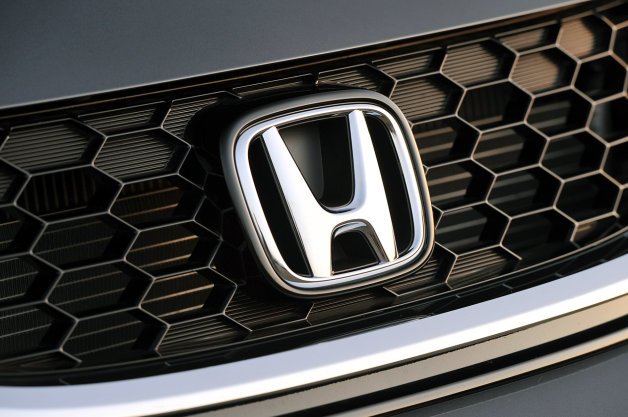Honda, GM Set Targets For 2020 Fuel Cell Vehicle

The Clarity is significant not so much for its volume, expected to be low, but for its role as a springboard to the next car.
"We are bringing all experience to the table, which means all that Honda learned from the Clarity fuel cell," Matthias Bork, chief engineer for fuel cell propulsion systems at GM, told Automotive News during a fuel cell conference here.
"It's a good steppingstone," he said of the Honda five-seat fuel cell sedan, which began leasing in Japan on Thursday, March 10.
The partners are building targets for the 2020 vehicle's fuel cell system around the specifications of GM's second-generation, or Gen 2, system.
Top priorities: Boost volume and cut costs.
"There are big merits to combining to increase volume," Honda CEO Takahiro Hachigo said at the Clarity's launch.
More volume should be easy. Mass volume won't.
Honda produced only 80 units of its previous fuel cell car, the FCX Clarity manufactured from 2008-14. GM's latest entry, a fuel cell version of the Equinox crossover introduced in 2007, mustered a test fleet of just 118 vehicles.
"No matter what technology you have, at these kinds of volumes costs are going to be extremely high," said Toshihiro Mibe, Honda's operating officer in charge of powertrains.
Targeting 2020
Honda hasn't given a global sales target for the new Clarity or the 2020 successor developed by GM and Honda.
For now, Honda aims to sell 200 Clarity units in the first year in Japan. The car will launch in the U.S. and Europe by year end.
But when the 2020 vehicle arrives, Honda wants volume in the tens of thousands of units, Hachigo said.
Rival Toyota Motor Corp., which began selling its Mirai hydrogen fuel cell vehicle last year, has said it plans to sell 30,000 fuel cell vehicles by the end of the decade.
GM independently developed a so-called Gen 1 fuel cell system after the Equinox system, but never put it into production. In 2013, it teamed with Honda to work on a Gen 2 for 2020.
Together they are developing the fuel cell stack and hydrogen tanks, executives at the companies said. Other elements, such as chassis, batteries and electric motors, will be sourced independently, they said. The cars are expected to have different bodies.
GM envisions a 2020 fuel stack generating net power of 95 kilowatts, up from 92 kilowatts in its Gen 1 system, Bork said.
It wants to trim weight to less than 105 kilograms (231 pounds), from around 120 kilograms (265 pounds) in Gen 1. And GM wants to reduce the use of costly platinum in the stack to around 12 grams from 30 grams.
Faster manufacturing
The companies are exchanging engineers and working to fine-tune the joint 2020 targets, Mibe said.
Bork said the partners aren't divvying up component development; each component's team will have members from both sides.
Teaming aids in sourcing parts. Suppliers are reassured by the promise of higher volumes, and have more confidence that the project will be carried out, because two companies are involved.
Hiccups, such as the several-month delay in launching the Honda Clarity, are less likely, engineers said.
But there is still much to achieve.
Takashi Moriya, a senior chief engineer in Honda's fuel cell program, said even if there was mass market demand for the cars, the manufacturing rate needs to be 10 to 100 times faster.
That brings its own challenges, especially in maintaining the quality of the fuel cell's fragile membranes and separates.
"Durability, quality control and cost are three areas that need to be controlled going forward," Moriya said. "These things are contradictory, so how we do this is going to be a challenge."
Nouvelles connexes


